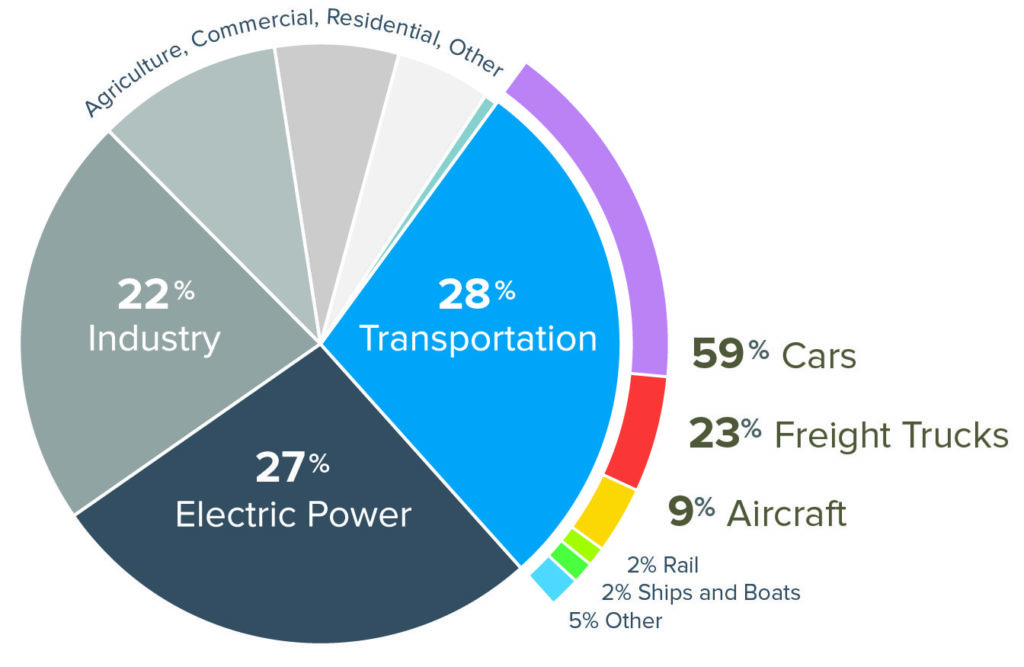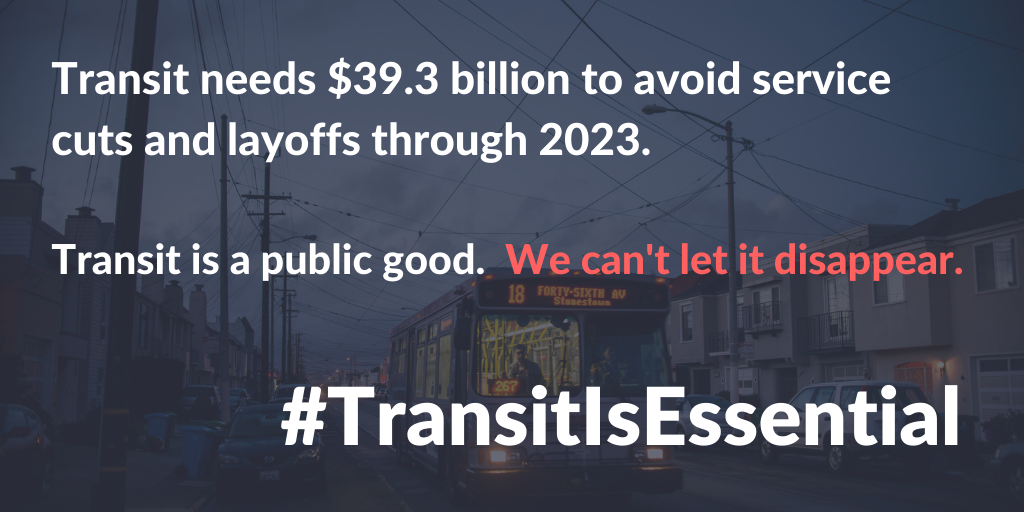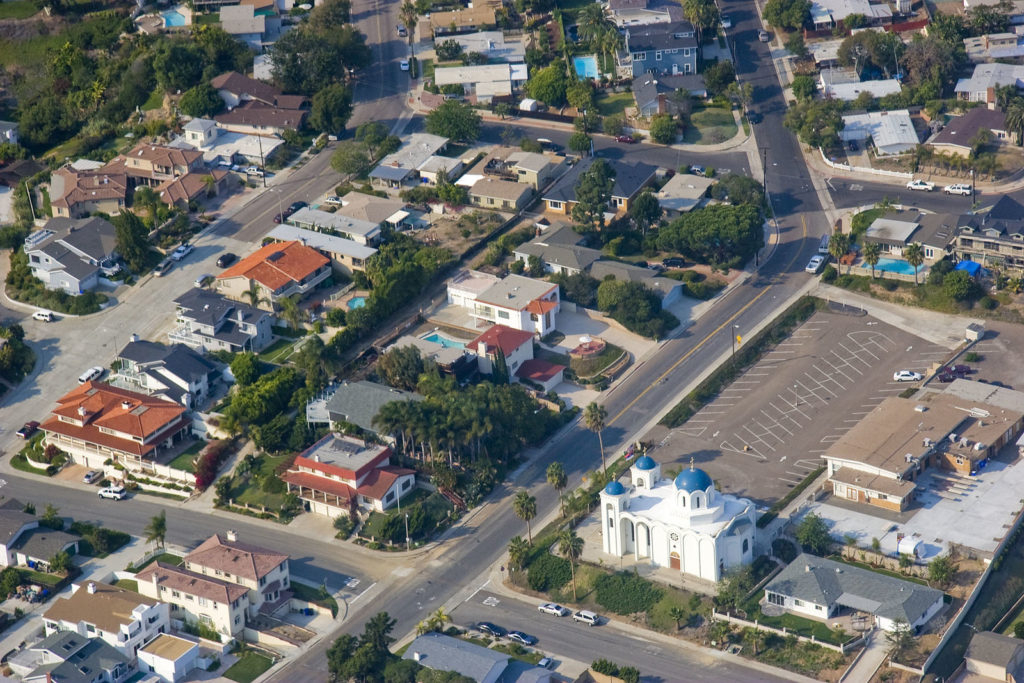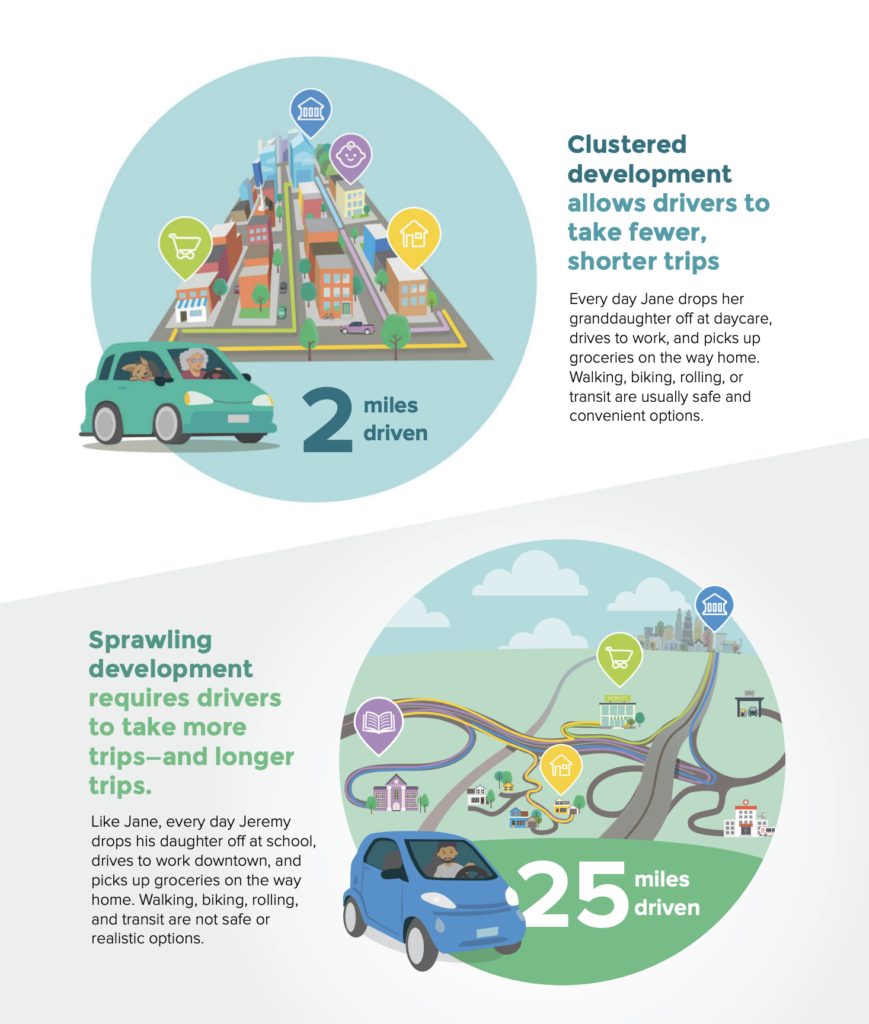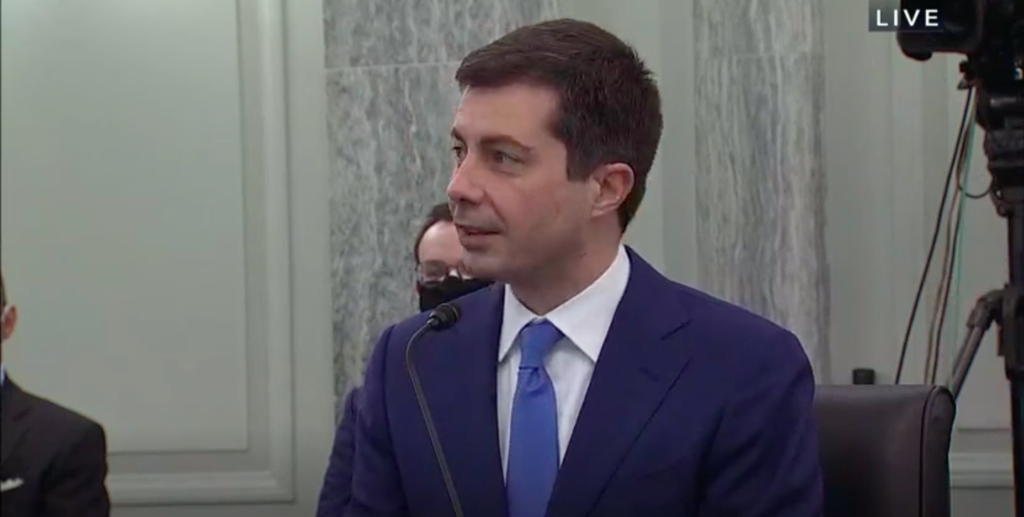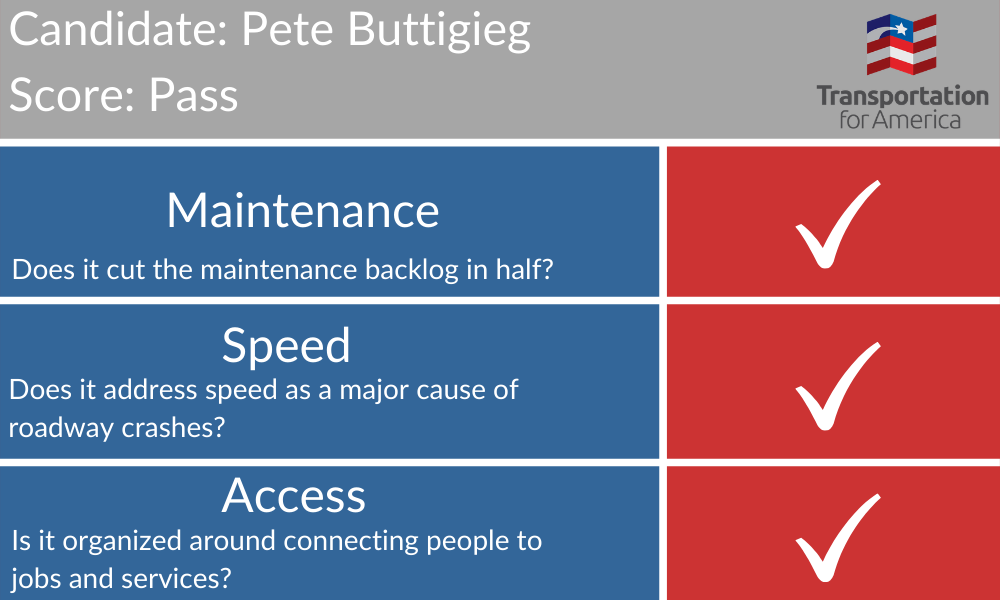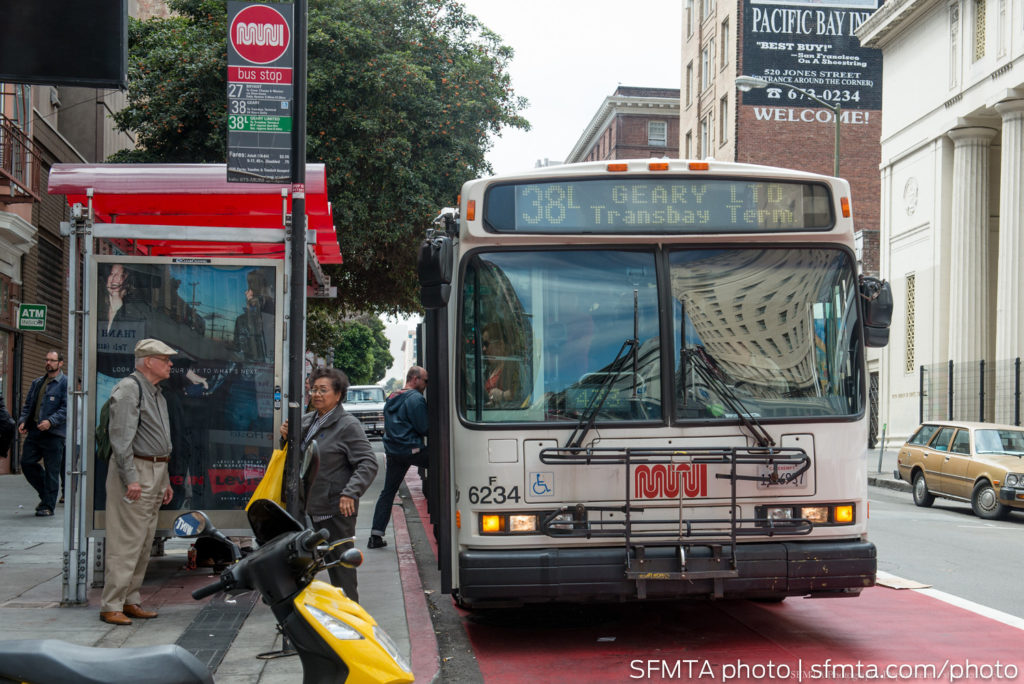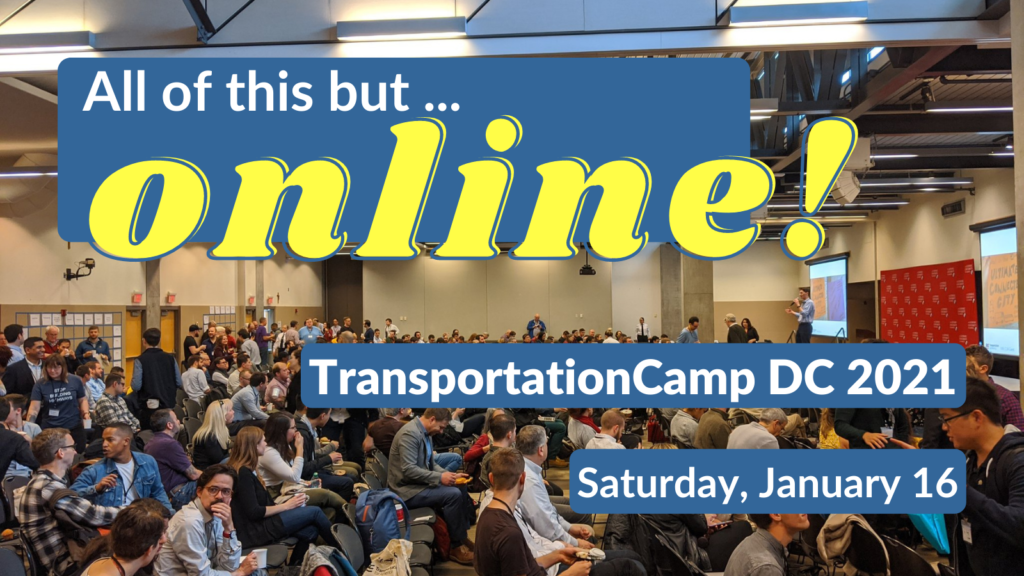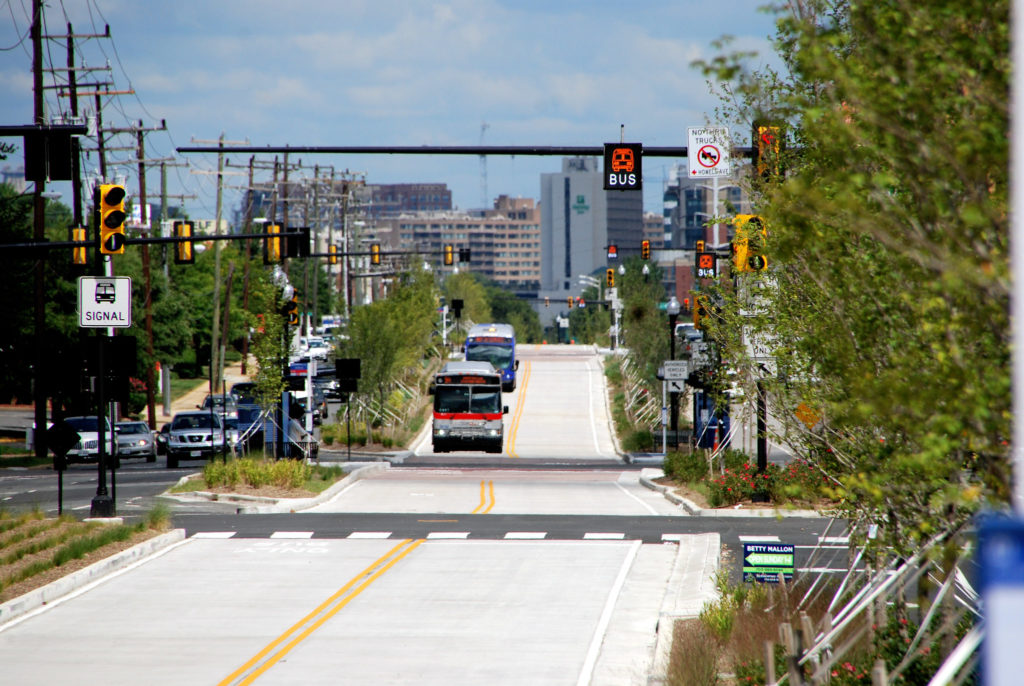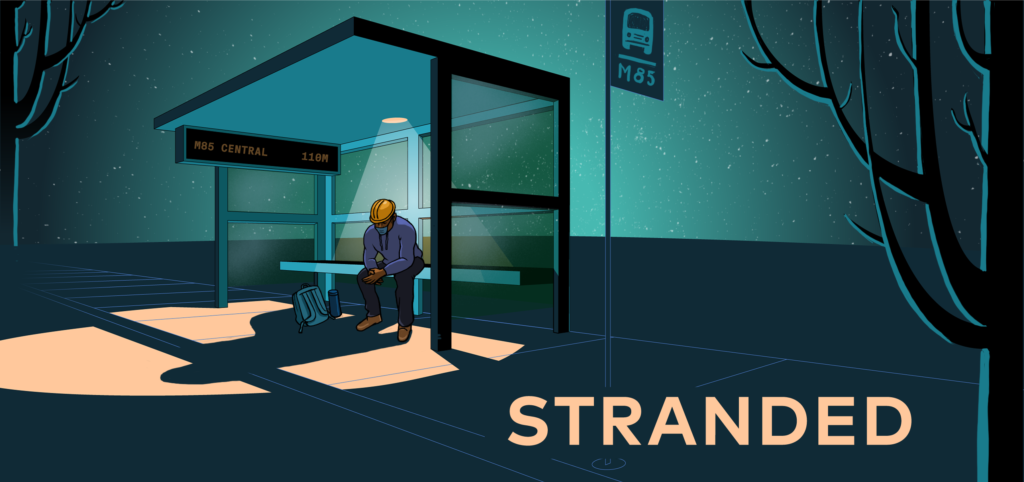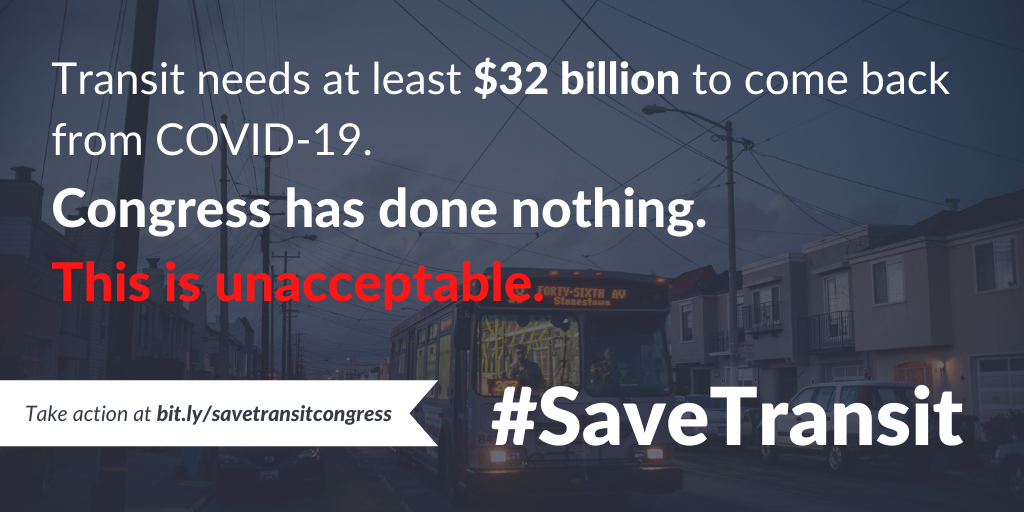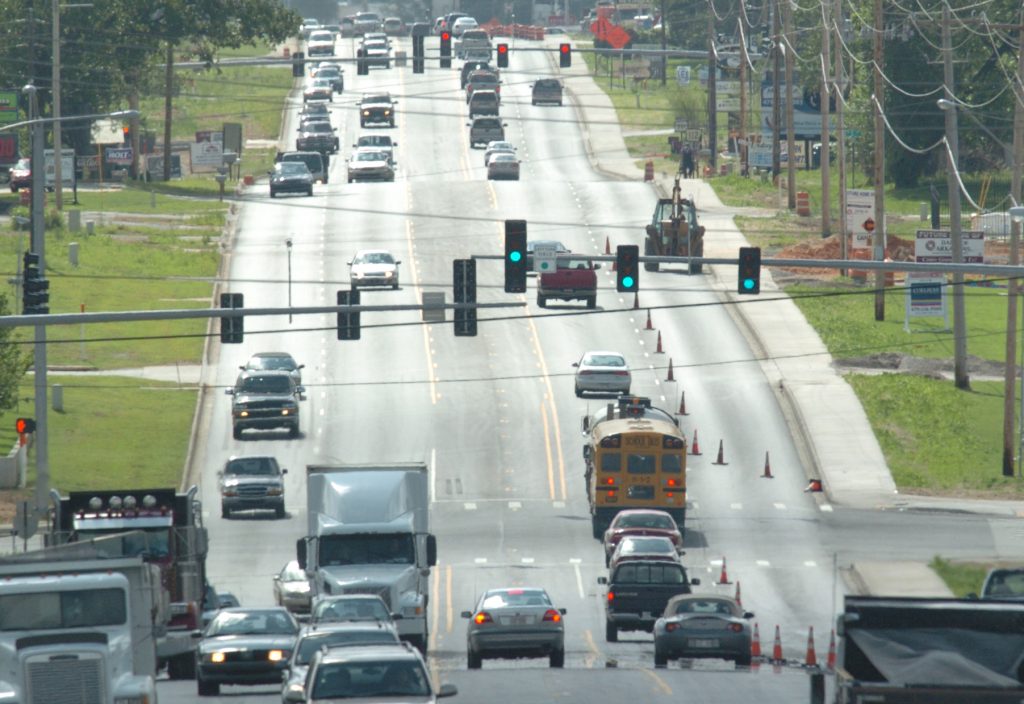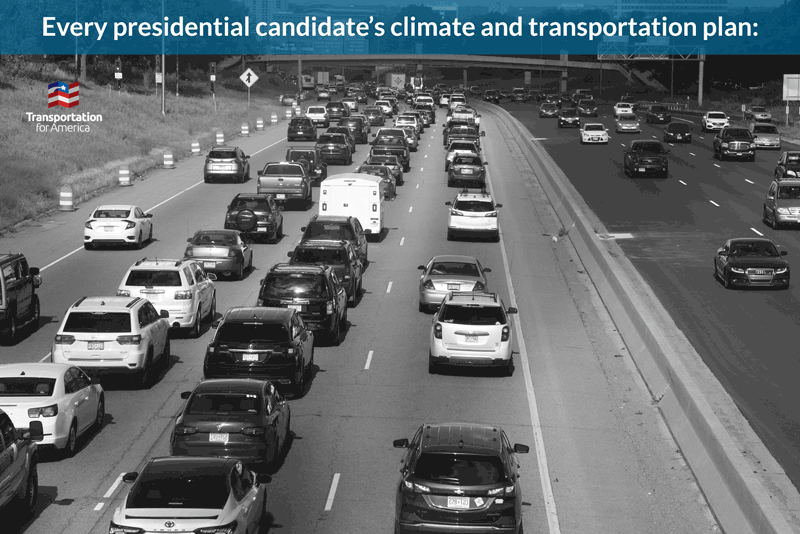In blocking New York City, Portland, and Seattle from receiving Federal Transit Administration research grants, the Trump Administration is using arbitrary and politically-motivated pretext to deny cities and transit agencies the funding they need to make transit safer amidst the ongoing pandemic.
Transportation for America joined the National Association of City Transportation Officials, TransitCenter, NRDC and and Alliance for a Just Society in a statement condemning the Trump administration’s decision.
NACTO: Alex Engel | alex@nacto.org
TransitCenter: David Bragdon | dbragdon@transitcenter.org
Transportation for America: Jenna Fortunati | jenna.fortunati@t4america.org
NRDC: Mark Drajem | MDrajem@nrdc.org
As a coalition of cities, transit agencies, and transportation advocates, we oppose the Trump administration’s decision to withhold federal funds from cities the Attorney General labeled as “Permitting Anarchy, Violence, and Destruction.” Following instructions from the White House, the Federal Transit Administration (FTA) disqualified transit agencies in New York City, Seattle, and Portland from participating in a new grant program to research methods to slow the spread of coronavirus on buses and trains. This move puts transit operators’ and riders’ safety at risk and sets a dangerous precedent that could undermine future economic recovery efforts.
Denying transit agencies funding obstructs their ability to develop best practices to make transit safer for millions of riders and workers, and the people with whom they interact. The Metropolitan Transportation Authority in New York, TriMet in Portland, and King County Metro and Sound Transit in Seattle together make up nearly half of national transit ridership and have already made major contributions to our understanding of how to keep riders and operators safe from the virus. From testing vehicle filtration and UV light sanitation systems to instituting mask outreach and mandates, the ability of these larger, urban transit systems to evaluate new interventions is especially instructive for operators serving smaller, rural communities where Covid-19 outbreaks are currently most acute and resources are limited.
The Trump administration’s attempt to condition FTA grants on political criteria unrelated to need or merit sets a disturbing precedent. If applied to other forms of federal funding, this “guidance” has the potential to thwart cities’ long-term economic recovery efforts. Cities and transit agencies need a strong federal partner to maintain and restore service, invigorate local economies, and create new jobs.
Withholding federal funding from cities in retaliation for political disagreements is not only legally dubious but vindictive and undemocratic in its intent. Our organizations, representing cities, transit agencies, and transportation experts and advocates, stand in firm opposition to the Justice Department’s designation of New York, Portland, and Seattle as “anarchist jurisdictions” and against the arbitrary and capricious decision to deny some of the world’s most-used transit systems acutely-needed funding solely to serve a political agenda.
“Cities and transit agencies serve the public regardless of political affiliation or party. Withholding funds from jurisdictions in an attempt for political gain puts cities, transit agencies and our democracy at risk,” said Corinne Kisner, Executive Director of NACTO. “This decision endangers millions of transit riders and operators across our nation, and blocks those most equipped from studying new ways to make transit even safer.”
“Secretary Elaine Chao’s willingness to expose innocent transit riders and essential transit workers to greater risk of COVID just because of Donald Trump’s unrelated personal vendetta against certain local elected officials is both reckless and un-American. No American, in any city or state, should be sacrificed to a pandemic because of a President’s petty whims,” said David Bragdon of TransitCenter, an organization dedicated to improving public transportation.
“President Trump is putting ideology ahead of essential needs in the middle of a deadly pandemic,” said Beth Osborne, director of Transportation for America. “There simply is no excuse for leaving essential workers without a way to work and, therefore, all of us without essential services. But that is what the Trump Administration is doing to New York, Portland, and Seattle by taking away funding intended for their transit agencies.”
“This order undercuts essential workers and families who are trying to safely go back to work and school. Investments in fully-funded safe transit are critical to rebuilding an equitable and sustainable economy,” said LeeAnn Hall of Alliance for a Just Society, a national network of 15 racial, social and economic justice organizations.
“By denying funds to cities that need them, the Federal Transit Administration is putting the lives of Americans and the safety of our public transit systems at risk,” said Ann Shikany of the Natural Resources Defense Council. “We need new research into how to keep our buses and trains safe during this pandemic; it’s unconscionable that this administration would play political games with something that important.”
About the National Association of City Transportation Officials (NACTO)
NACTO is an association of 86 major North American cities and transit agencies formed to exchange transportation ideas, insights, and practices and cooperatively approach national transportation issues. The organization’s mission is to build cities as places for people, with safe, sustainable, accessible, and equitable transportation choices that support a strong economy and vibrant quality of life. To learn more, visit nacto.org or follow us on Twitter @NACTO.
About TransitCenter
TransitCenter works to improve public transportation in ways that make cities more just, sustainable and prosperous, with applied research, events and publications.
About Transportation for America
Transportation for America is an advocacy organization made up of local, regional and state leaders who envision a transportation system that safely, affordably and conveniently connects people of all means and ability to jobs, services, and opportunity through multiple modes of travel. That work is conducted through direct technical assistance, analysis of transportation system performance, and policy development and advocacy. Learn more by visiting t4america.org or following us on Twitter @T4America.
About the National Resources Defense Council (NRDC)
NRDC is an international nonprofit environmental organization with more than 3 million members and online activists. Since 1970, our lawyers, scientists, and other environmental specialists have worked to protect the world’s natural resources, public health, and the environment. NRDC has offices in New York City, Washington, D.C., Los Angeles, San Francisco, Chicago, Bozeman, MT, and Beijing. Visit us at NRDC.org and follow us on Twitter @NRDC.
